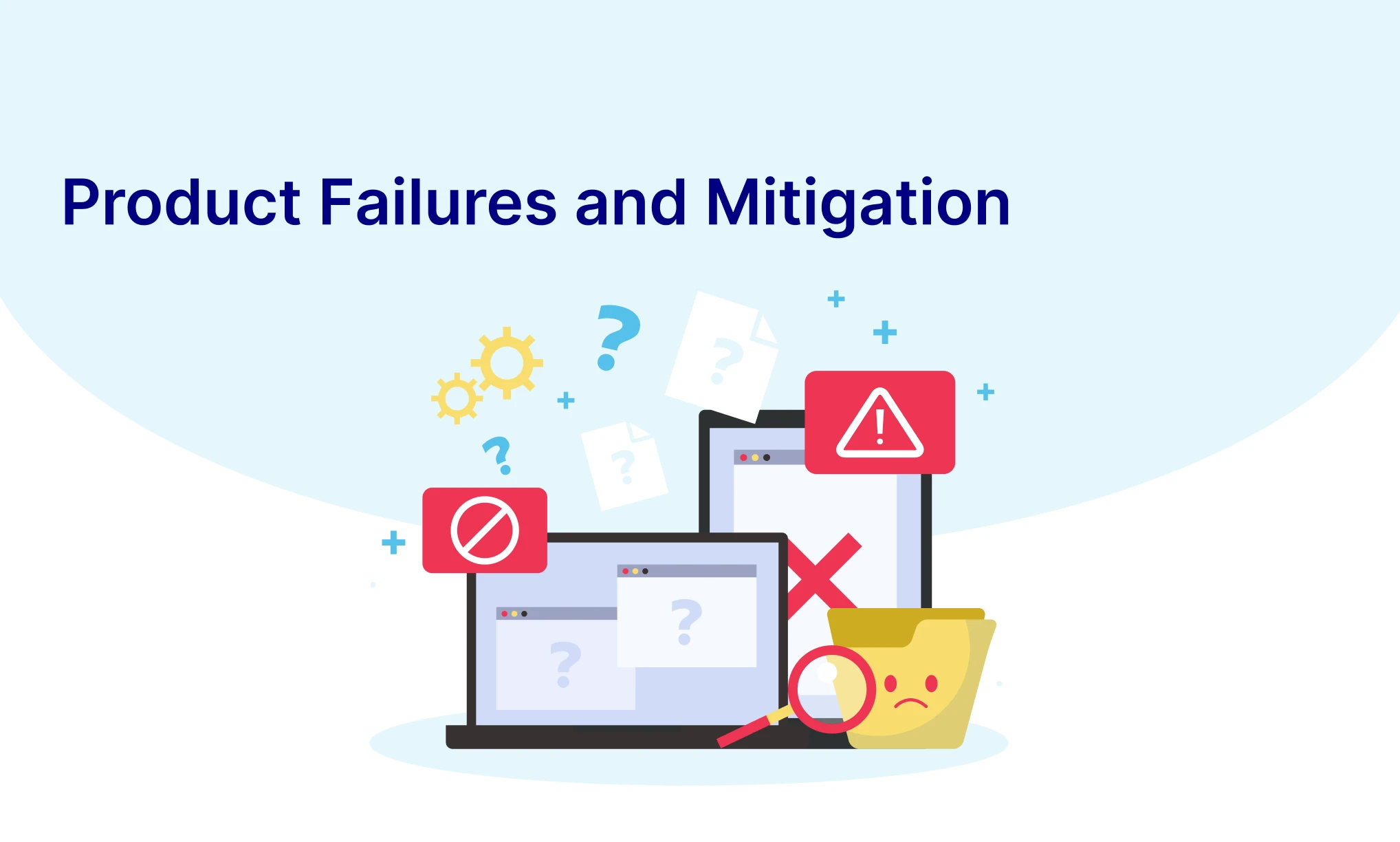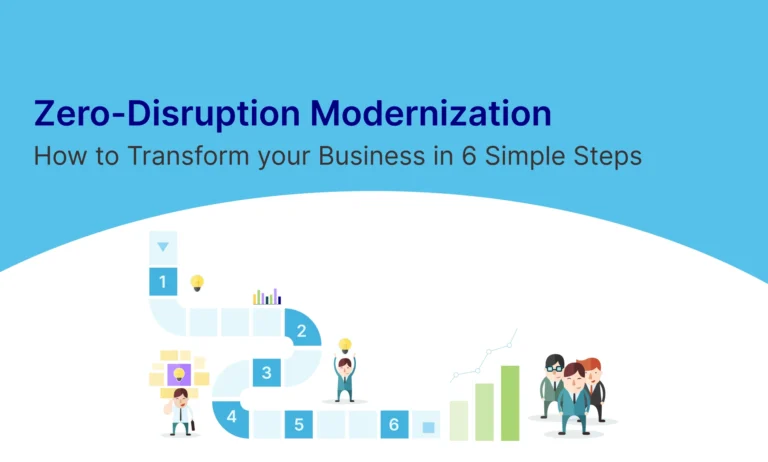Table of Contents
Abstract
This article delves into the primary causes of product failure, emphasizing the critical need for Product teams to thoroughly evaluate these factors and devise effective mitigation plans. Through a comprehensive understanding and proactive approach to addressing these challenges, Product teams can markedly increase the probability of project success while fortifying themselves against potential obstacles.
Introduction
Launching a new product is tough and costly. Product Management must carefully look at many things to make sure launches go well and avoid product failures. They analyze market trends, customer needs, competition, and what they can do internally. This helps them create plans that boost the chances of a successful launch. This careful planning reduces risks and opens doors to market opportunities and long-term growth.
However, what leads to product failures? While reasons vary, here are 8 commonly encountered factors:
- Lack of understanding of the target market and customer needs: Successful products often start with a deep understanding of the target market and their pain points. Failure to grasp who the product is for and what customers truly need can lead to its demise.
- Poor product design and quality: A product’s design and quality significantly influence its success. If a product is poorly designed or of low quality, it won’t attract or retain customers in the long run.
- Inadequate market research and testing: Thorough market research and testing are crucial steps in the product development process. Skipping these steps can result in missed insights and opportunities.
- Misaligned pricing and value: Pricing plays a vital role in determining a product’s perceived value. If a product is priced too high or too low relative to its perceived value, it may struggle to attract customers.
- Difficulty in understanding or using: User experience is a critical factor in product adoption. Complex products are more likely to fail because they create barriers to understanding and usage.
- Poor product-market fit: A successful product must align with the needs and preferences of its target market. If there’s a mismatch between the product and its intended audience, it will struggle to gain traction.
- Lack of innovation and differentiation: In today’s competitive market, innovation and differentiation are essential for success. Products that fail to offer unique advantages or fail to differentiate themselves from competitors are at risk of failure.
- Mismanagement of risks and challenges: Every product launch comes with inherent risks and challenges. Failing to identify, assess, and mitigate these risks can lead to unforeseen issues down the line.
Mitigation Strategies
Mitigating the risks linked to product failures demands a proactive approach and meticulous attention throughout the entirety of the product development lifecycle. This necessitates thorough consideration and strategic planning at every stage, from conception to launch and beyond. Here are some strategies to mitigate the common factors contributing to product failures:
- Understanding the Target Market and Customer Needs: Conduct thorough market research, including surveys, focus groups, and interviews, to gain insights into customer pain points, preferences, and behaviors. Utilize tools like customer personas to create a clear understanding of your target audience.
- Ensuring Product Design and Quality: Invest in experienced product designers and engineers to create high-quality products that meet customer expectations. Implement rigorous quality control processes throughout the manufacturing and testing phases.
- Conducting Comprehensive Market Research and Testing: Prioritize market research and testing at every stage of product development. Utilize techniques such as prototype testing, beta testing, and A/B testing to gather feedback from potential users and refine the product accordingly.
- Aligning Pricing and Value: Conduct pricing research to determine the optimal price point for your product based on its perceived value and competitive landscape. Consider value-based pricing strategies that reflect the benefits your product offers to customers.
- Improving User Experience: Design products with intuitive user interfaces and clear instructions to minimize the learning curve for users. Conduct usability testing to identify and address any usability issues before launching the product.
- Achieving Product-Market Fit: Continuously iterate and refine your product based on customer feedback to ensure it aligns with market needs and preferences. Stay flexible and open to pivoting your product strategy if necessary to better address market demands.
- Fostering Innovation and Differentiation: Encourage a culture of innovation within your organization and invest in research and development efforts to stay ahead of competitors. Identify and capitalize on unique selling points that set your product apart from alternatives in the market.
- Managing Risks and Challenges: Identify potential risks and challenges early in the product development process through risk assessment techniques such as SWOT analysis or failure mode and effects analysis (FMEA). Develop contingency plans and mitigation strategies to address these risks effectively.
Conclusion
In conclusion, by implementing the strategies and upholding a steadfast commitment to customer-centricity, quality, and innovation, the probability of product failures can be markedly reduced. Embracing a proactive approach to risk mitigation, fostering cross-functional collaboration, and continually iterating based on user feedback is key to ensuring successful product launches. By doing so, organizations can position themselves for success in the market, driving customer satisfaction, loyalty, and sustainable growth.








